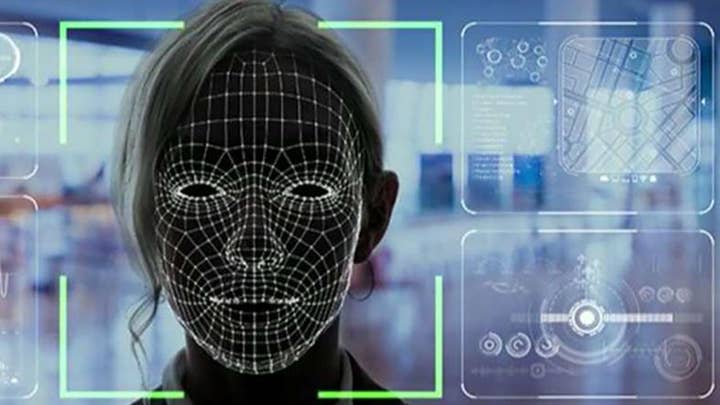Fox News Flash top headlines for May 16
Fox News Flash top headlines for May 16 are here. Check out what's clicking on Foxnews.com
San Francisco has become the first city to forbid local agencies from using facial-recognition software. The Stop Secret Surveillance Ordinance, enacted Wednesday, asserts that the technology’s “propensity . . . to endanger civil rights and civil liberties substantially outweighs its purported benefits.”
That’s open to debate, for facial recognition does offer serious law-enforcement benefits. Cops in a video command center tried to tap into Boston’s network of public and (mostly) private surveillance cameras to track the suspects in the 2013 marathon bombing. But the facial-recognition software system failed to pick up the Tsarnaev brothers as they moved across Boston and its suburbs because its algorithms required full-frontal images for comparison.
SAN FRANCISCO BECOMES 1ST MAJOR US CITY TO OUTLAW POLICE USE OF FACIAL RECOGNITION TECHNOLOGY
Yet the civil-liberties concerns are equally real. Last summer New York’s Metropolitan Transportation Authority began installing cameras to scan motorists’ faces at bridges and tunnels connecting Manhattan to other boroughs. Five seconds after a car enters the crossing, its driver’s face is processed and compared to a state database. On the other side, Gov. Andrew Cuomo explained at a press conference at the time, police wait to nab people “for warrants, suspected felons, parole violators, terrorist suspects.”
That’s not all: “Because many times a person will turn their head when they see a security camera,” Mr. Cuomo said, “they are now experimenting with technology that just identifies a person by their ear, believe it or not.”


